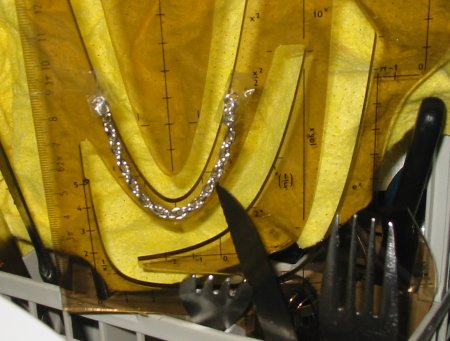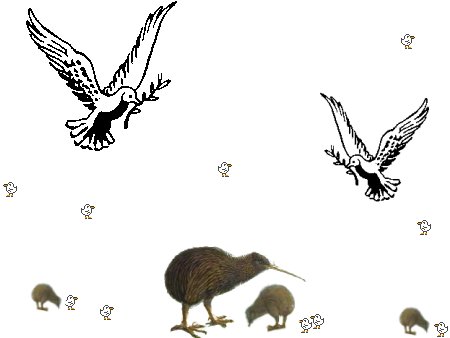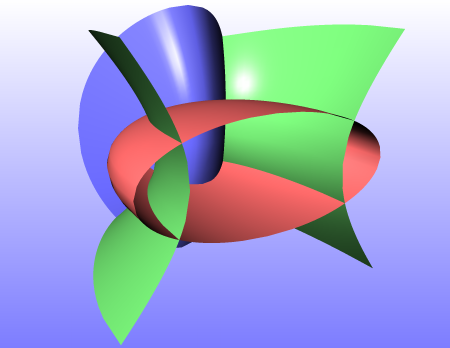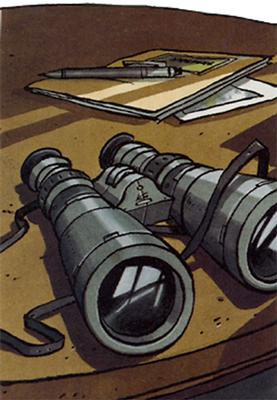chain and parabel
Friday, December 15th, 2006
I attached a little silvery chain to a mathematical curve template in order to illustrate the difference between a catenary and a parabola.
Then I put the curve template (also called french curve, also on google images) into the dishwasher in order to get it upright for an orderly scientific photo. The forks and knives in the image are disturbing, but well one has to live with them for now.
The experiment displays a line which is described by a hanging chain.
If one compares it with the line of a parabola given by the function f(x)=x^2 (on the curve template) then one sees that the two lines are only almost fitting and in fact a better mathematical model for a hanging chain is the catenary, given by the cosh function f(x)=cosh(x), i.e. the hyperbolic cosine (not to be confused with a hyperbola). The model is constructed via the physical picture of many chain links taking each other by the hand which are subject to a constant gravitational force, or in other words: if you cut the chain at various points then the repective chunks would fall down separately.
There are very beautiful partially interactive links on the Wikipedia catenary site, which illustrate this.
The above observation is already described in this old mathematical physics paper from the early 17th century, which is beautifully accessible thanks to the work of people who had fun with mathematics. There is also a tender drawing of down parabolas.
-> about parabolic flight








